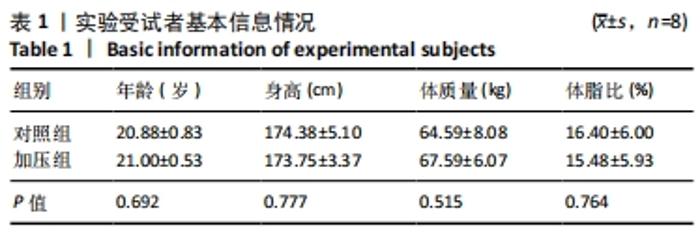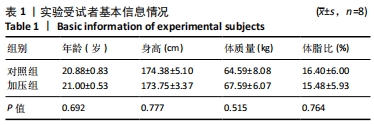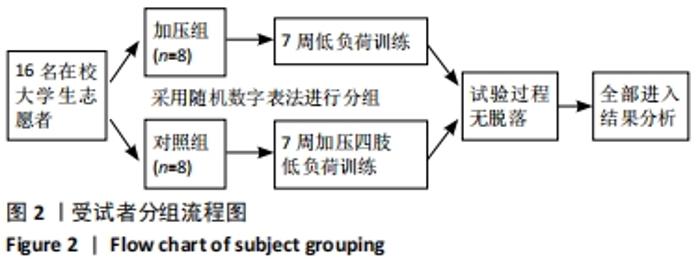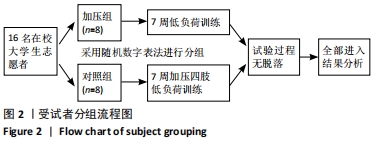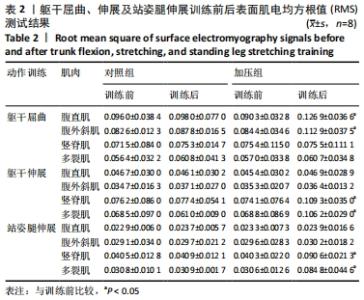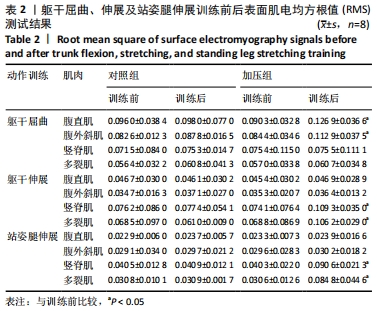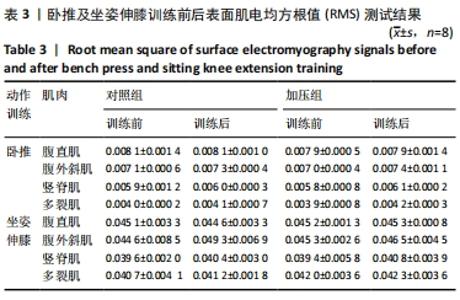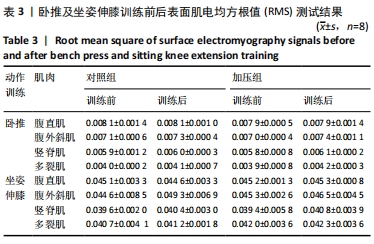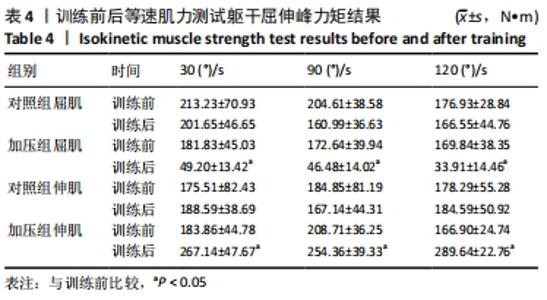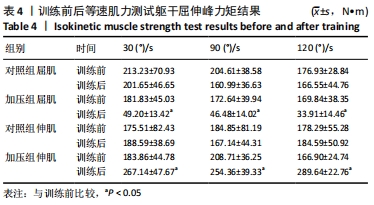[1] 王明波, 李志远, 魏文哲, 等. 高水平男子手球运动员下肢加压力量训练效果实证研究 [J].中国体育科技,2019,55(5):30.
[2] BJØRNSEN T, WERNBOM M, KIRKETEIG A, et al. Type 1 Muscle Fiber Hypertrophy after Blood Flow-restricted Training in Powerlifters. Med Sci Sports Exerc. 2019;51(2):288-298.
[3] LETIERI RV, TETXEIRA AM, FURTADO GE, et al. Effect of 16weeks of resistance exercise and detraining comparing two methods of blood flow restriction in muscle strength of healthy older women: a randomized controlled trial. Exp Gerontol. 2018;114:78-86.
[4] 罗若营,林迪,郭惠杰,等.加压训练对类胰岛素生长因子(IGF-1)分泌影响的Meta分析[J]. 河北体育学院学报,2020,34(3):70-76.
[5] LUEBBERS PE, WITTE EV, OSHEL JQ, et al. Effects of Practical Blood Flow Restriction Training on Adolescent Lower-Body Strength. J Strength Cond Res. 2019;33(10):2674-2683.
[6] MADARAME H, NEYA M, OCHI E, et al. Cross-Transfer Effects of Resistance Training with Blood Flow Restriction. Med Sci Sports Exerc. 2008;40(2):258-263.
[7] NERY C, MORAES SRA, NOVAES KA, et al. Effectiveness of resistance exercise compared to aerobic exercise without insulin therapy in patients with type 2 diabetes mellitus: a meta-analysis. Braz J Phys Ther. 2017;21(6):400-415.
[8] 邱丹, 何辉, 熊开宇. 不同强度抗阻训练对青年男性腰部肌肉形态及机能的影响 [J]. 中国运动医学杂志,2019,38(2):32-39.
[9] PEARSON SJ, HUSSAIN SR. A review on the mechanisms of blood-flow restriction resistance training-induced muscle hypertrophy. Sports Med. 2015;45(2):187-200.
[10] HENNEMAN E, SOMJEN G, CARPENTER DO. Functional signifificance of cell size in spinal motoneurons. J Neurophysiol. 1965;28:560-580.
[11] 牛严君, 乔玉成, 范艳芝. 加压训练对受试者肌肉形态和功能的影响: Meta分析[J]. 首都体育学院学报,2020,32(1):25-34,86.
[12] AMANO S, LUDIN AF, CLIFT R, et al. Effectiveness of blood flow restricted exercise compared with standard exercise in patients with recurrent low back pain: study protocol for a randomized controlled trial. Trials. 2016;17:81.
[13] 李强.表面肌电信号的运动单位动作电位检测[D].合肥:中国科学技术大学,2008.
[14] TROJIAN TH, MC KEAG DB. Single leg balance test to identify risk of ankle sprains. Br J Sports Med. 2006;40(7):610-613; discussion 613.
[15] 杜东.不同角速度下等速躯干屈伸训练对男性腰背痛患者核心肌群的影响[D].广州:南方医科大学,2019.
[16] 华丽君.等速测试系统在体育科研中的应用[J].南京体育学院学报, 2008,7(30):33-35.
[17] 孙科,魏文哲,赵之光.下肢低强度加压训练中血流受限部位和未受限部位肌肉活动的差异[J].中国体育科技,2019,55(5):14-19.
|
